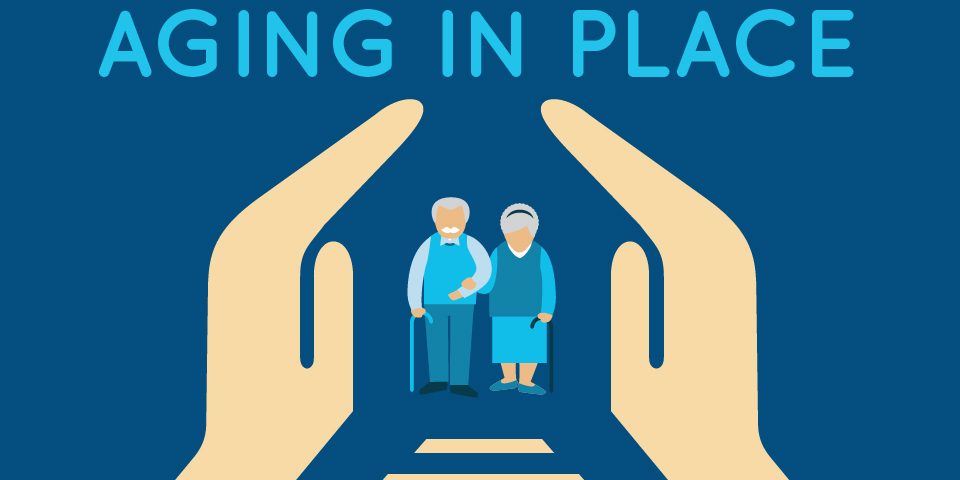Aging in Place

Disney’s Updated Disability Access Procedures
March 29, 2016
Kmart’s Catalog Featuring Children with Disabilities
April 12, 2016Aging in Place is simply a matter of preserving the ability for people to stay in their homes and neighborhoods for as long as possible. Sometimes, people are forced out of their homes due to disabilities and their needs, but most prefer to stay right where they are. Changing healthcare needs, loss of mobility, financial concerns, home maintenance, and increasing property taxes, however, present significant impediments to this simple and primary desire.
Aging in Place is a diverse range of programs that address these impediments, seeking to retain senior citizens and people with disabilities as integral and productive members of their communities. By providing the appropriate neighborhood based health and housing alternatives. Aging in Place initiatives increase the personal dignity and functional independence of people with disabilities and senior citizens. Many small changes can work together to allow an individual to stay in their community as they age. These can include a range of actions from altering the length of a stop light to reimagining healthcare delivery. Just as individuals have different needs, the communities that serve them will find that there are ways that they could change to help these community members.
In several communities, the healthcare and supportive systems and the available housing options do not adequately meet the needs of affected community members. With more and more citizens affected by this lack of care, the situation will only continue to exacerbate the current inadequacies. As the population ages in an aging housing stock, it becomes difficult to distinguish a health concern from a housing concern. As individuals continue to age in place, the building must not only promote the wellbeing of the occupant, but enhance their day to day life.
When Aging in Place is in question, the loved ones and the resident must consider nearly every aspect of the home and its safety. Types of flooring, handrails, thresholds, and everything in between are considered for their safety and accessibility. These things along with emergency vehicle access, street planning, sidewalk access, and several other aspects of life are to be considered with Aging in Place.
It’s one thing to say that Aging in Place is possible, but it’s also something that has to be fostered by loved ones and the resident as well as the community. Creating a livable space is the most important for the day to day of the resident. Engaging in partnerships from different disciplines and agencies can assist the resident by planning ahead, improving the housing options available, addressing issues in and around the home, and creating a secure space for everyday life.





